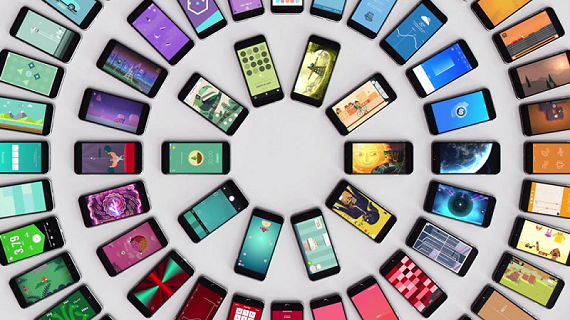

There have been troubling signs in the smartphone market for a while now, ever since China reported a decline in its shipments around a year ago. The biggest markets, including the United States, have become over-saturated, and the up and coming markets can’t make up the difference.
Now the inevitable has happened, as the global smartphone market saw its first ever year-to-year decline in Q1, according to data out from Strategy Analytics on Thursday. Shipments dropped 3 percent from the first quarter of 2015 to the first quarter of 2016, dipping from 345 million to 334.6 million.
The signs for this type of decline have been there for a while now. There was aforementioned decline in China, which was the first such drop that the country had seen in 6 years, but global smartphone shipments had already been slowing down considerably.
While were 1.44 billion shipments worldwide in 2015, an increase of 10.4 percent over 2014, that is very likely going to be the last year of double digit growth. Shipments are going to fall fast, as they are only expected to grow 5.7 percent in 2016, with nearly half the growth they saw in 2015.
Another troubling sign was what happened to Apple earlier this week when it released its second quarter earnings report. Not only did the company see its revenue drop for the first time in 13 years, but it was a result of the company seeing iPhone sales slip for the first time ever. Sales dropped 16 percent year-over-year, from 61.2 million in Q1 2015 to 51.2 million in Q1 2016.
“It is the first time ever since the modern smartphone market began in 1996 that global shipments have shrunk on an annualized basis,” Linda Sui, Director at Strategy Analytics, said in a statement. “Smartphone growth is slowing due to increasing penetration maturity in major markets like China and consumer caution about the future of the world economy.”
While Samsung remains the leading smartphone vendor, it saw its shipments drop 4 percent year over year. It still has a 23.6 percent marketshare, but that too was down from 24 percent a year ago.
Apple saw its marketshare decline 2.5 percentage points, going from 17.7 percent to 15.3 percent.
Huawei, meanwhile, is bucking all trends with big growth from the same period last year. Its shipments skyrocketed by 64 percent, from 17.3 million to 28.3 million, sending its marketshare up 3.5 percentage points in the process.
OPPO also saw its numbers grow so that it’s now the smartphone vendor with the fourth largest marketshare. It saw a 76 percent increase in shipments, from 8.3 million to 15.5 million, and its marketshare nearly doubled, from 2.4 percent to 4.6 percent.
Even if the smartphone market is shrinking, that doesn’t mean all companies are being taken down with it.
So what does all of this mean for the smartphone market? Possibly two things: bigger phones and cheaper prices
Smartphone prices are expected to fall, according to a report from IDC last month. The aggregate market price was $295 in 2015, and by 2020 it will be $237.
The other thing will be phones with larger screens, as Phablets, or a hybrid between a phone and tablet, which made up 20 percent of smartphone shipments last year, will be 32 percent by 2020. Apple will see its phablets, which, right now, are the iPhone 6 Plus and 6S Plus, to grow from 26 percent in 2015 to nearly 31 percent in 2020.
So maybe this will actually wind up being a good thing for us!
(Image source: t3.com)



















